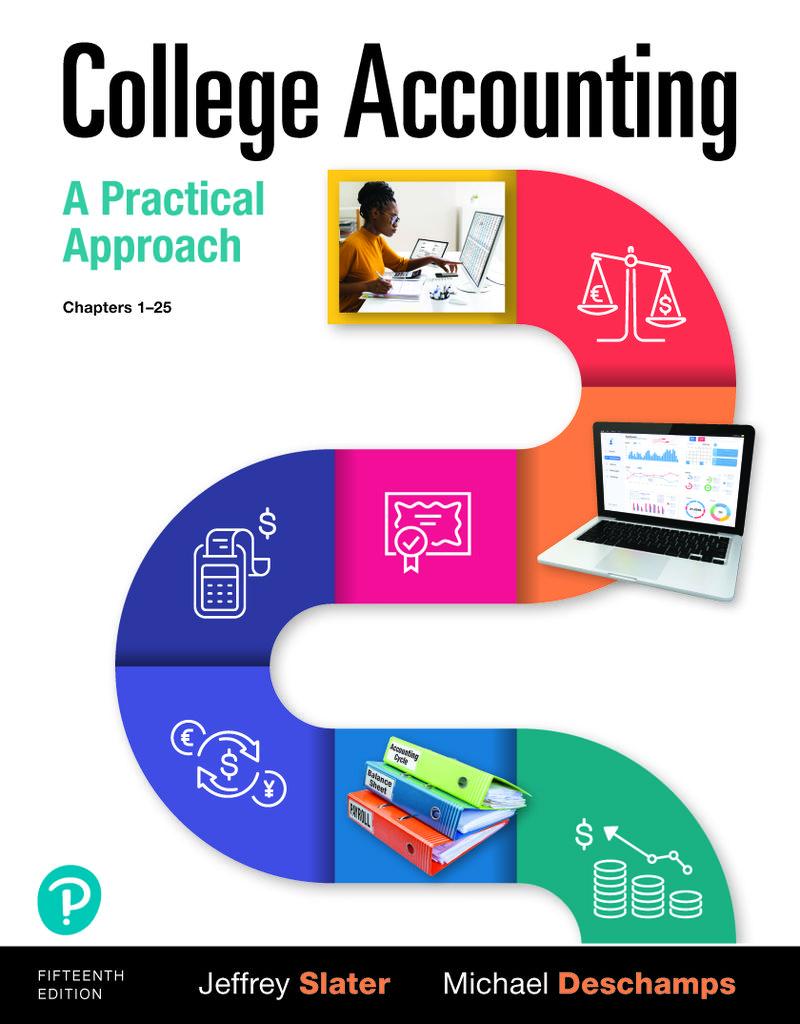Question
**Cash Flow Management and Analysis: A Comprehensive Guide** Effective cash flow management is crucial for the financial health and sustainability of a business. It involves
**Cash Flow Management and Analysis: A Comprehensive Guide**
Effective cash flow management is crucial for the financial health and sustainability of a business. It involves monitoring, analyzing, and optimizing the movement of cash into and out of the organization. Here is a step-by-step guide on cash flow management:
**Step 1: Cash Flow Forecasting**
- **Forecasting Inflows:** Begin by estimating the expected cash inflows, including revenue from sales, investments, and financing. - **Forecasting Outflows:** Identify and project expected cash outflows, such as operating expenses, loan repayments, and capital expenditures.
**Step 2: Budgeting and Expense Control**
- **Create a Detailed Budget:** Develop a comprehensive budget that aligns with the cash flow forecast. This includes setting limits on discretionary spending and non-essential expenses.
- **Monitor and Control Expenses:** Regularly review actual expenses against the budget. Implement cost-control measures and adjust spending if necessary to maintain positive cash flow.
**Step 3: Receivables Management**
- **Efficient Invoicing:** Ensure timely and accurate invoicing to customers. Implement efficient systems for invoicing and follow-up on overdue payments.
- **Credit Policies:** Review and set appropriate credit terms for customers. Monitor credit risk and establish clear payment terms to improve cash collection.
**Step 4: Payables Management**
- **Negotiate Payment Terms:** Negotiate favorable payment terms with suppliers. Extend payment terms where possible without affecting relationships.
- **Optimize Inventory Levels:** Manage inventory efficiently to avoid overstocking and tying up cash. Implement just-in-time inventory practices to reduce holding costs.
**Step 5: Financing Strategies**
- **Explore Financing Options:** Evaluate various financing options, such as loans, lines of credit, or equity, to support cash flow needs during periods of shortfall.
- **Debt Management:** Manage existing debts wisely, considering refinancing options to reduce interest costs and extend payment terms if necessary.
**Step 6: Cash Flow Analysis**
- **Regular Monitoring:** Continuously monitor actual cash flow against forecasts. Analyze variances and identify trends to make informed decisions.
- **Ratios and Metrics:** Use key financial ratios, such as the cash flow margin and cash flow-to-debt ratio, to assess the company's financial health.
**Case Study Question:**
**Fill in the blanks: In cash flow management, ___________ involves estimating expected cash inflows and outflows, while ___________ includes negotiating payment terms with suppliers and optimizing inventory levels. Efficient invoicing and credit policies are crucial aspects of ___________.**
A) Budgeting, Financing Strategies, Payables Management B) Receivables Management, Financing Strategies, Budgeting C) Cash Flow Forecasting, Payables Management, Receivables Management D) Receivables Management, Payables Management, Cash Flow Forecasting
Please choose the correct option (A, B, C, or D) based on the information provided in the case study.
Step by Step Solution
There are 3 Steps involved in it
Step: 1

Get Instant Access to Expert-Tailored Solutions
See step-by-step solutions with expert insights and AI powered tools for academic success
Step: 2

Step: 3

Ace Your Homework with AI
Get the answers you need in no time with our AI-driven, step-by-step assistance
Get Started


